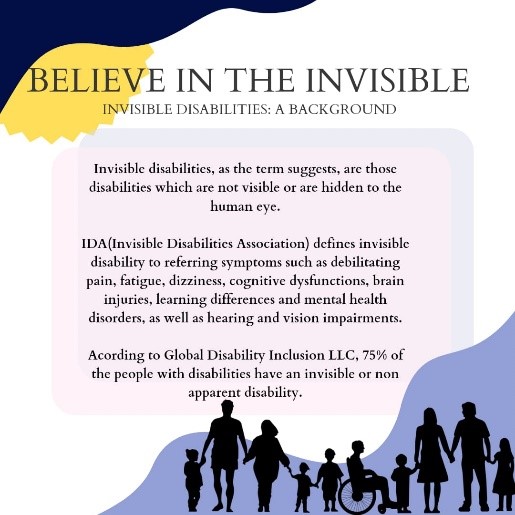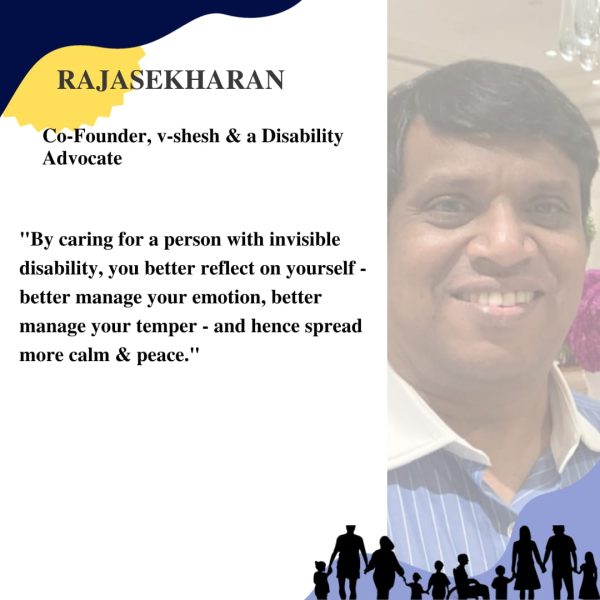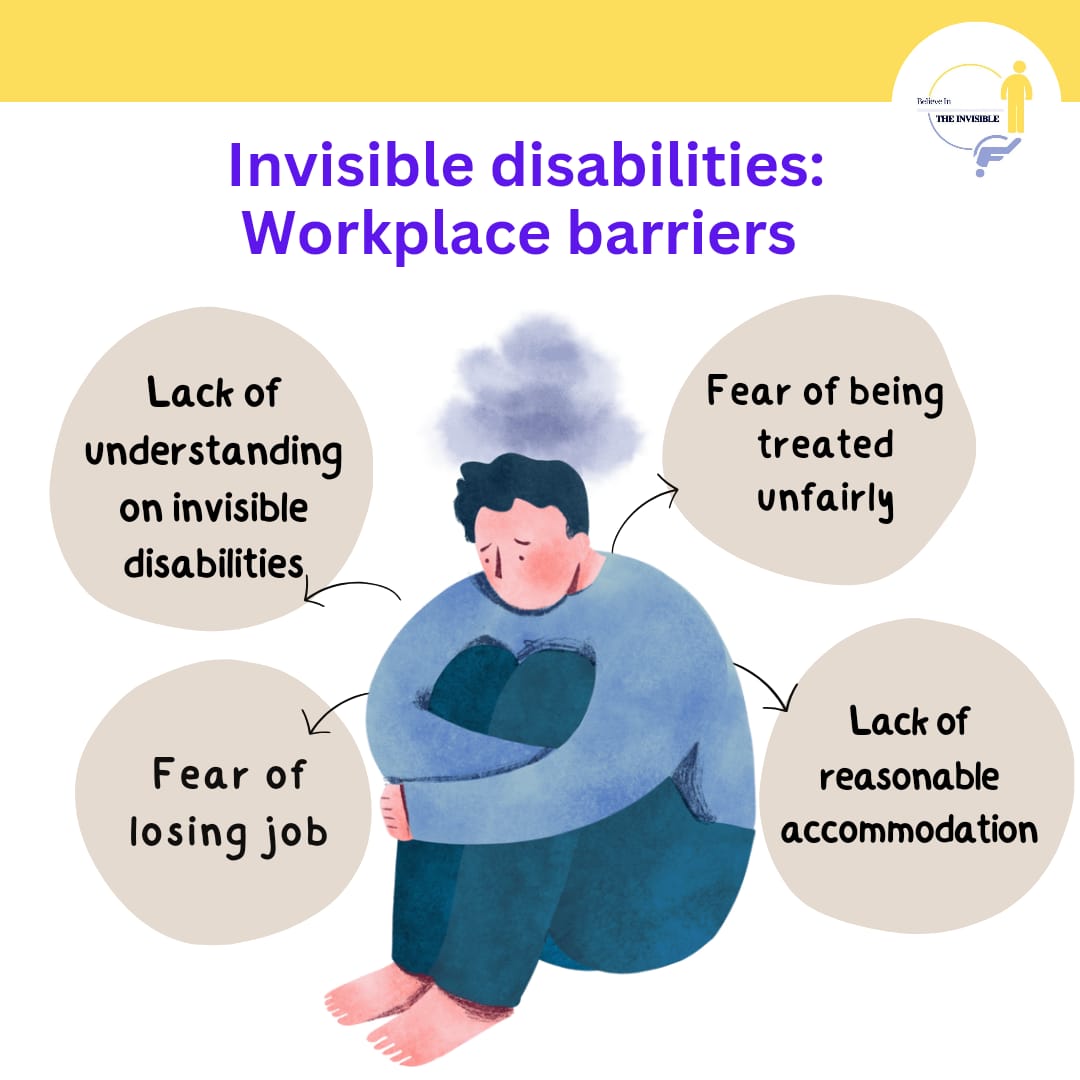
Believe in the Invisible
In 2022, “Believe in the Invisible” was a brief yet impactful one-week awareness campaign designed to amplify the voices and experiences of people with invisible disabilities. By inviting personal stories, the campaign garnered a remarkable response, shedding light on the often-overlooked challenges faced by this community. The one week Campaign concluded with a panel discussion called ‘REDEFINING THE INVISIBLE’, which has eminent speakers from the disability sector.
The Campaign created a platform for individuals to share their journeys, struggles, and triumphs, providing a deeper understanding of the invisible obstacles they navigate daily. This initiative not only raised awareness but also built a sense of solidarity and support among participants and the broader audience.

Caring is Believing
Building on the momentum of the first Campaign, Believe in the Invisible, a subsequent campaign titled “Caring is Believing” was launched in 2023. This extended initiative continued to spotlight narratives from diverse communities affected by invisible disabilities, fostering empathy, understanding, and support. “Caring is Believing” featured a narratives and perspectives of the communities who too are affected with invisble diabilties. It encouraged allies and advocates to share their stories of support and care, highlighting the importance of a compassionate and inclusive society. “Caring is Believing” aimed to create lasting change, empowering individuals and communities to recognize, understand, and support those living with invisible disabilities.
Narratives from the extended community.

DISABLED LOVE
Dating and relationships are integral parts of the human experience, offering companionship, love, and support. However, for people with disabilities, navigating the dating world can present unique challenges and opportunities. Disabilities, whether visible or invisible, can impact how individuals interact with potential partners and how they perceive themselves in romantic contexts. A 2017 survey by Scope found that 85% of adults aged 18 to 34 with a disability felt lonely, and one in eight had less than 30 minutes of daily interaction with others. Despite these challenges, many people with disabilities form successful and fulfilling relationships through adaptability, understanding, and open communication.
Tap here to read more about Love Stories and perspective on Dating and Disability

PAIN AWARENESS MONTH
Chronic pain isn’t just a feeling; it’s a constant battle that affects countless lives which is often unseen and misunderstood due to its invisible nature. According to the 2016 Global Burden of Disease Study, Pain is one of the leading causes of disability worldwide, impacting millions of people in their daily lives.
Here’s what Heather has to say about her Chronic Pain
Tap here to know about Heather’s lived experience with Multiple Invisible Disabilities.

INVISIBLE DISABILITIES, VISIBLE CAREERS
As we discuss Workplace Inclusion and DEI, it’s crucial to observe Disability Employment Awareness Month, it’s crucial to highlight a less-discussed but equally important aspect of disability- Invisible disabilities. These are conditions that aren’t immediately apparent, such as Multiple sclerosis (MS), bood disorders, chronic neurological conditions, chronic pain, mental health disorders, etc.
Did you know? According to the U.S. Department of Labor, individuals with disabilities face higher unemployment rates, and for those with invisible disabilities, the challenges are often compounded by a lack of understanding and awareness. These challenges can include not receiving necessary accommodations because their disability isn’t immediately visible, or facing stigma because of misperceptions around their capabilities.
As per Direct Employers Association, approximately 80% of the world’s 1 in 6 people with Disabilities have Invisible conditions.
Watch here, what Trishna, a person with Invisible disability, Multiple Sclerosis has to say –
